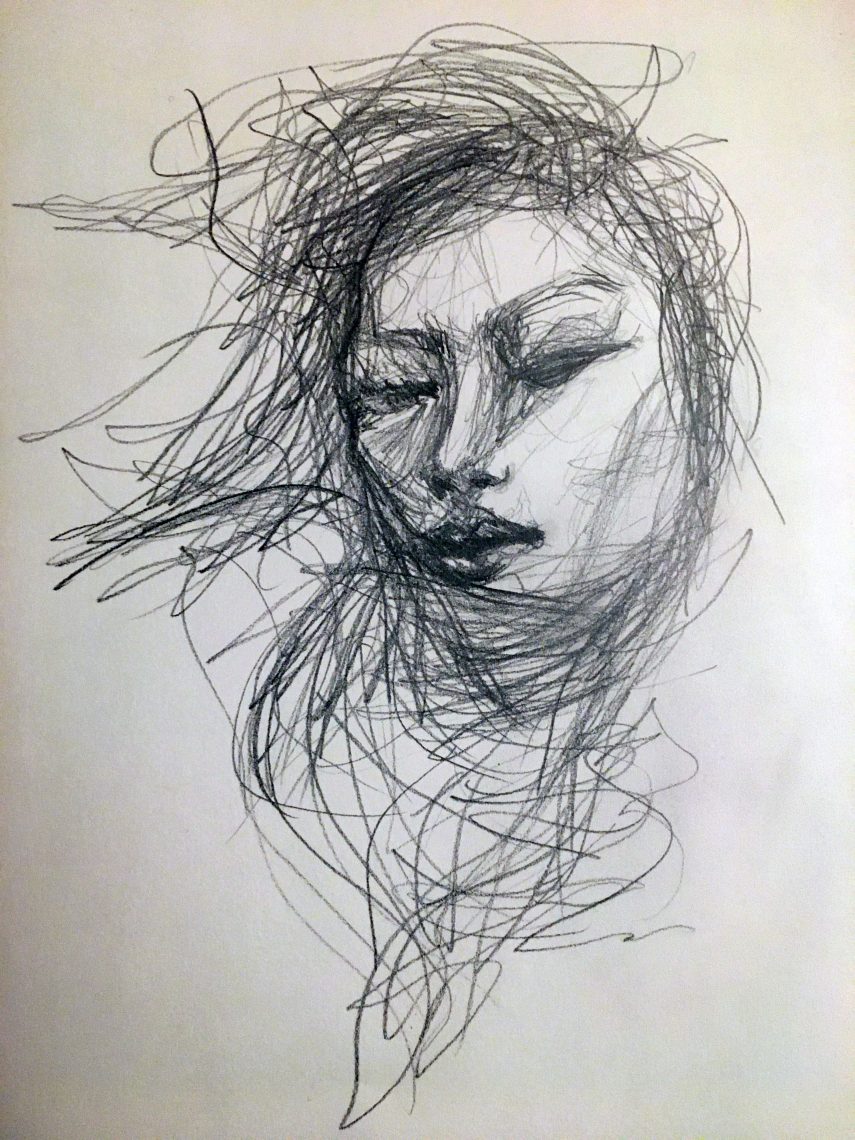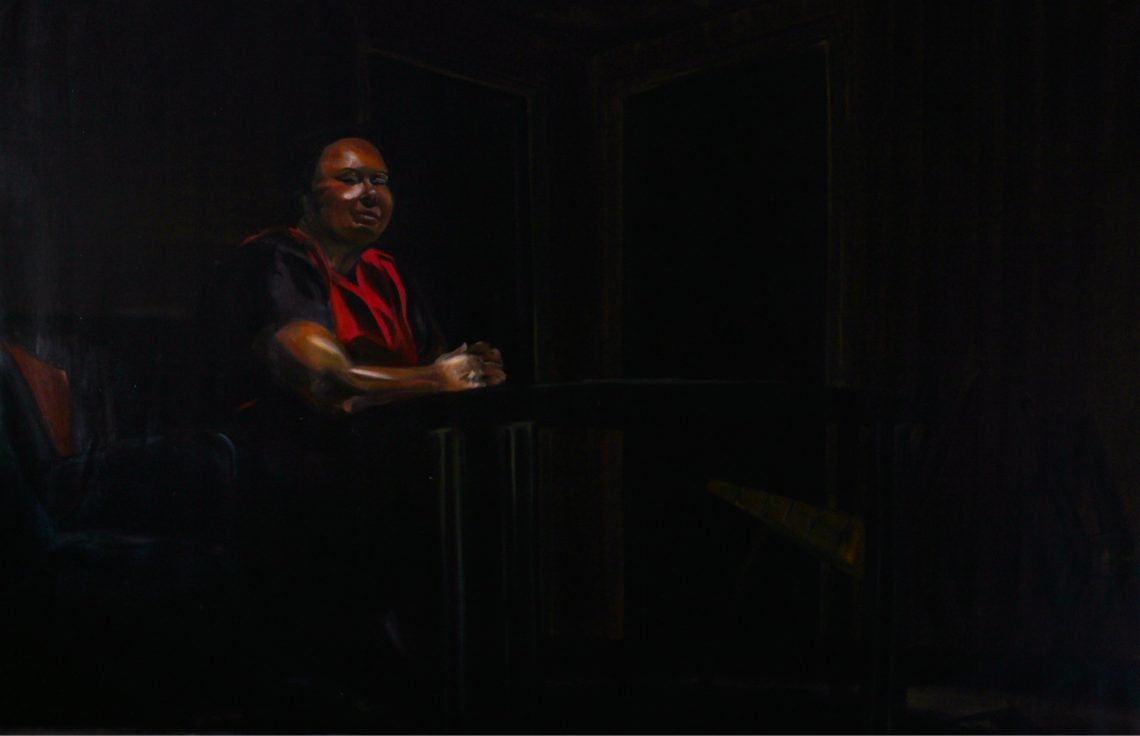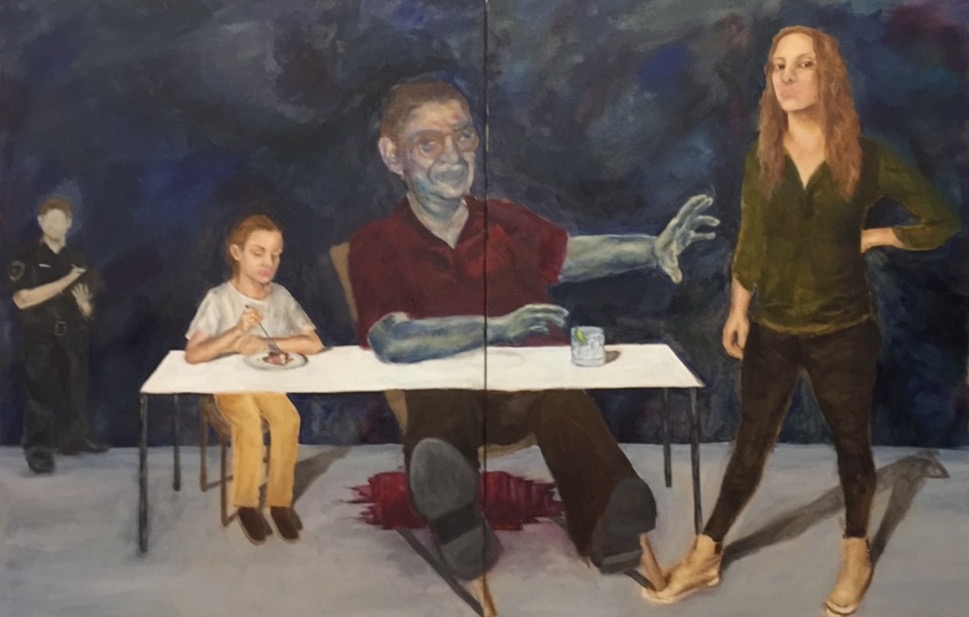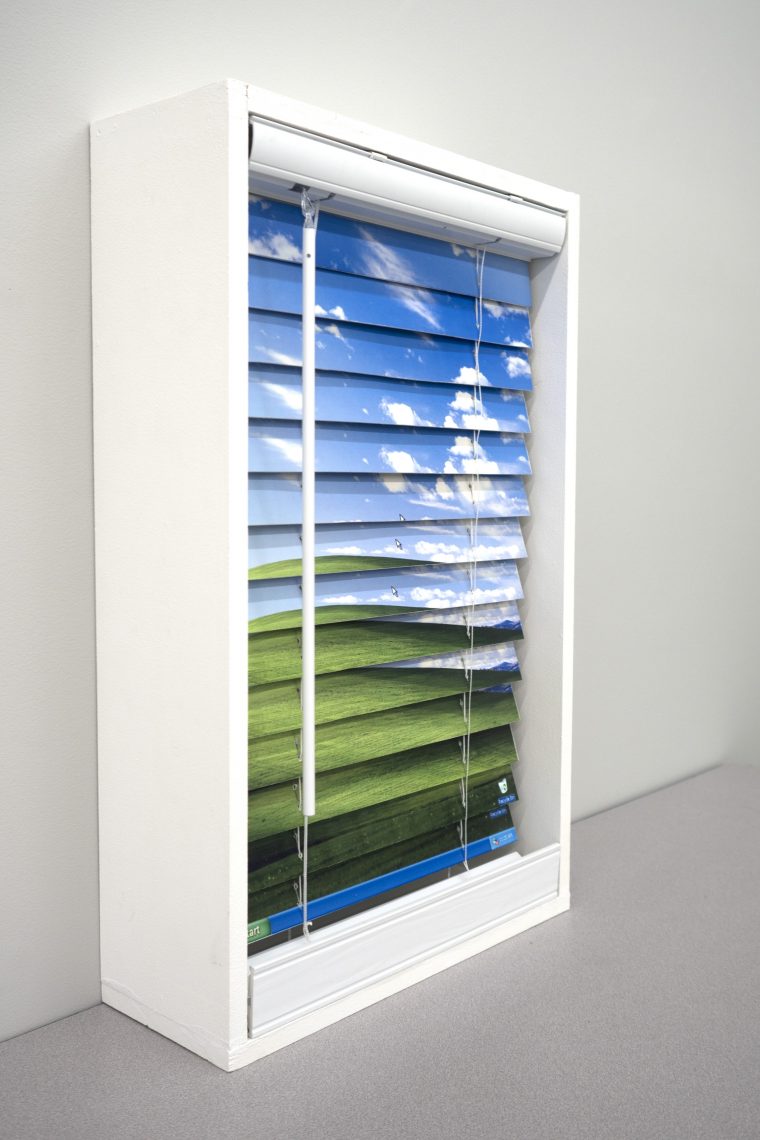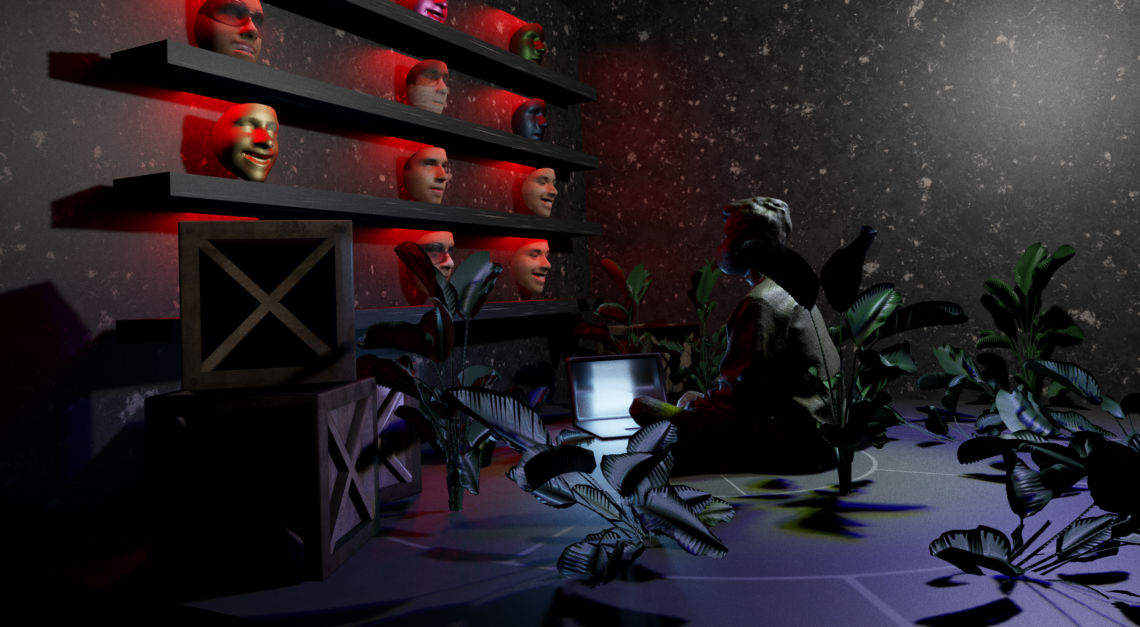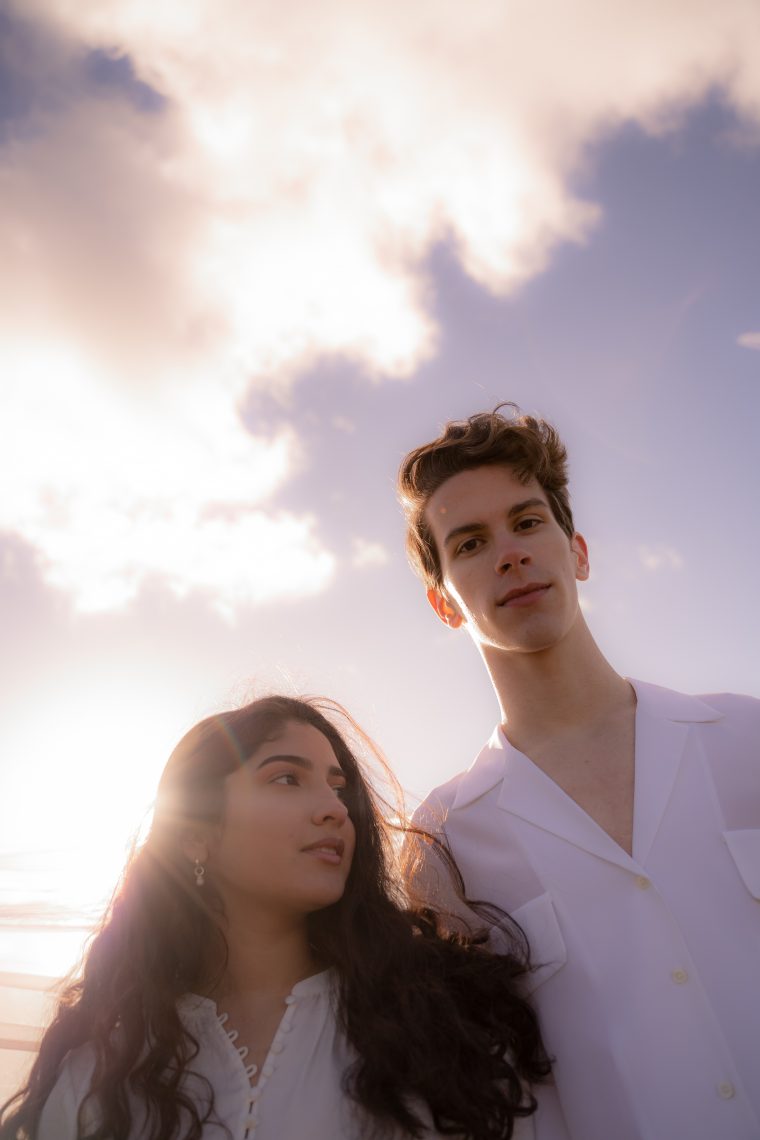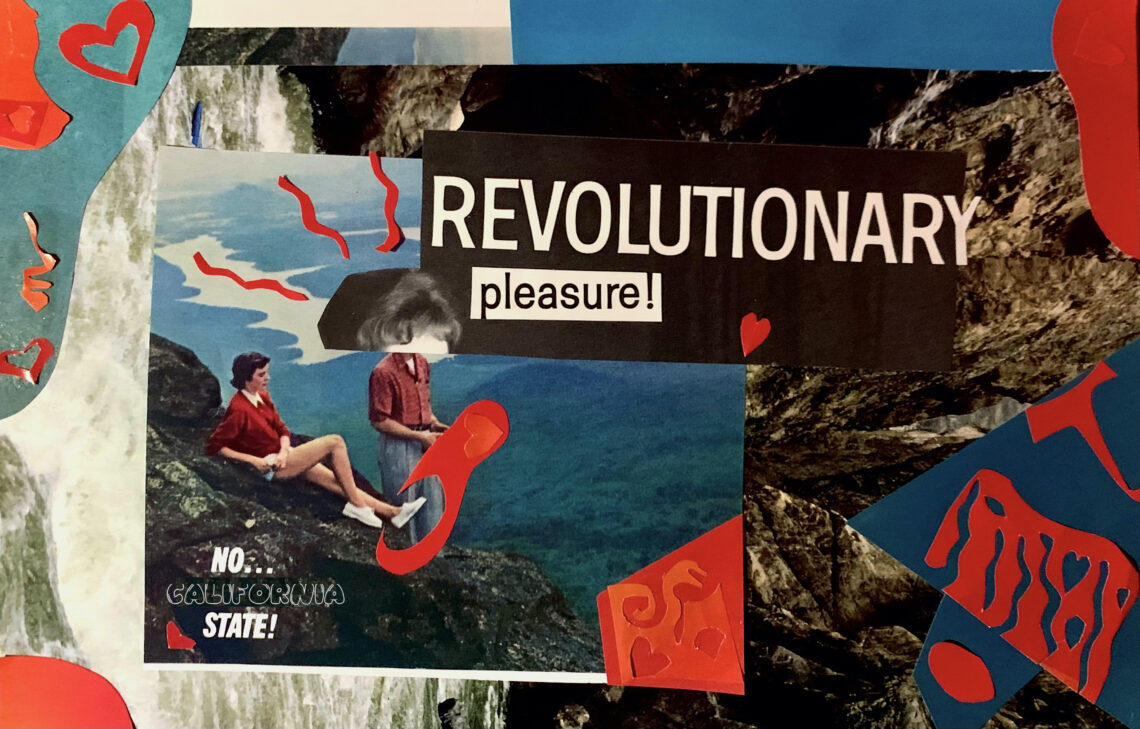
Stanford Live Executive Director Wiley Hausam will oversee programming for the Bing Concert Hall for the first time in the 2013-14 season.
L.A. CiceroStanford Live’s Executive Director Wiley Hausam looks forward to 2013-14 and beyond
Success and lessons from the inaugural season in Bing Concert Hall inform plans for the coming year.
Wiley Hausam came to Stanford in 2012 as the executive director of Bing Concert Hall with a healthy performing arts portfolio under his arm. He was a Broadway producer, a presenter of classical theater and musicals, and the former executive director of two university performing arts centers where he excelled at developing younger audiences with innovative programming, commissions and premieres. Hausam tapped into that rich professional history and the experience of overseeing the opening of Bing Concert Hall when he crafted the second Stanford Live season in the new hall – his first overseeing programming – that begins with a performance of young virtuoso musicians led by Itzhak Perlman on Sept. 22.
Subscriptions to the 2013-14 season, available now, are higher than last season. Sales are at 80 percent of the goal for the entire season and single-performance tickets won’t go on sale until Sept. 7. Events at Bing Concert Hall are clearly a hot ticket.
Hausam spoke with Stanford News Service about the success and lessons from the first season at Bing and forecasts some of the great moments of next season.
What did you learn from the first season in Bing Concert Hall that informed the programming mix for next season?
I learned that Bing has enormous capacity. What it does best acoustically is intimate, small-scale, unplugged music, although both the San Francisco Symphony and the Stanford Symphony Orchestra sound wonderful in the hall. At the same time, the music that CCRMA [Center for Computer Research in Music and Acounstics] creates – digital, multi-channel and complex in a different way – also comes off beautifully.
From the Laurie Anderson/Kronos Quartet collaboration last season, I got a glimpse of the potential of the space as a completely immersive sound and sight experience. The sails that surround the audience are an enormous, blank canvas just waiting to be filled. It’s very exciting to imagine. Linked Verse [Dec. 7 and 8] will be both intimate and combine 3D projection with live music.
I’m working on a large immersive video project for 2014-15. Projects like this often need partners and have to be created from scratch and so take a little more time.
Does your first season program have a theme?
While I think it’s important to dig in to one or two areas in a little more depth each season, I am not a big fan of themes in programming. Mostly, themes serve marketers and programmers rather than audiences. Occasionally they are useful, and we will announce one in the spring of 2014 as part of the 2014-15 season.
In 2013-14, we will focus on the string quartet – the hall is an exemplary setting for this combination of instruments. In the winter quarter, Professor Stephen Hinton and the St. Lawrence String Quartet will offer a six-week course through Stanford Continuing Studies that complements the ensemble’s three Sunday series concerts [Oct. 13, Jan. 12, April 27] as well as those by Kronos [Jan. 15], the Takács Quartet [Jan. 25 and 26] and Aeolus Quartet [April 6].
This follows the successful theory and practice model of presenting concerts supported by curriculum from the first Bing season. Last year all the Beethoven symphonies and five piano concertos were performed by Stanford ensembles in conjunction with a freshman seminar taught by Hinton, a Continuing Studies course titled Beethoven: An Introduction Through Performance, a master class given by Jon Nakamatsu and an all-day faculty and graduate student research seminar on enlightenment and revolution, Heroism in the Age of Beethoven.
We will also resume Stanford Live’s mission as a multi-venue, multidisciplinary presenter. We’ll be presenting performances not only in Bing, but also in Memorial Church [A Chanticleer Christmas, Dec. 11], Memorial Auditorium [Grupo Corpo Jan. 31 and Feb. 1] and Frost Amphitheater.
Free Stanford Live performances in 2013-14 include the annual Daniel Pearl World Music Days concert in Memorial Church [Oct. 9], the Falstaff simulcast at Frost and a lunchtime chamber music concert in the winter quarter. There are half a dozen family-friendly performances built into next season.
The world premiere of Linked Verse in December will give us an opportunity to continue exploring more challenging multidisciplinary work.
Discuss some of the collaboration projects for next season.
We have three major collaborations in the coming season. The first is with San Francisco Opera in the fall at Frost Amphitheater. We are inviting people to bring blankets and picnics to Frost to enjoy a free live simulcast of Falstaff [Oct. 11]. The second is with the Dance Division here at Stanford on the Jérôme Bel Festival in November [Nov. 13, 18, Dec. 2]. Bel, who is a French choreographer and conceptualist, is often ironic but almost always amusing. Bel’s The Show Must Go On will have a cast drawn from Stanford and the surrounding area. The third project is with the Department of Music on Linked Verse, mentioned before. The score is by faculty member Jaroslaw Kapuscinski.
Collaboration is at the heart of everything we do.
How has Bing Concert Hall served the community?
Bing is an enormous community resource, and meaningful connections with communities surrounding Stanford are important to us.
Between last season and this summer Bing hosted several free concerts and family-friendly events plus the Pan-Asian Music Festival, which will return in 2014.
The free open house events in January drew 5,000 people and more than 700 artists performed.
Several community groups have performed on the Bing stage, including Cantabile Youth Singers of Silicon Valley, the Gunn High School Jazz Band and the California Youth Chinese Symphony. Next season the San Francisco Boys Chorus will perform [Dec. 15].
The Stanford Jazz Festival is utilizing the hall this summer and the St. Lawrence String Quartet presented much of its Summer Seminar in the hall.
How has Bing been a resource to students?
In addition to the Department of Music rehearsals that happen three nights per week, and the more than 30 student performances in the first season, we are a student resource in a number of ways:
- We offer up to 20 percent of our tickets to Stanford Live performances to students at $10 per ticket (student attendance at Stanford Live concerts tripled in 2013 to 6,400, up from 1,800 in the previous season).
- We have a Student Ambassador group that advises us on student tastes and preferences and reaches out to students all over campus.
- A couple of times a year we sponsor social events for students in the Gunn Atrium.
- In the spring we showcase student performers in The Next Bing Thing.
- Each class has an opportunity to hold a social event or present student performers in the hall.
- Again next season, Stanford Live will present Opening Acts in which students curate short performances by student ensembles that will open some of the headline events at Bing.
- And also next season, the Shenson Student Performance Festival and Shenson Cabaret Series will put Stanford students on stage.
This past year, the senior class produced an event that showcased artists in the ’13 class and combined it with a social event. It was very well done. We also made special efforts to get freshmen into the hall and added two Beethoven performances to the schedule that were just for them.
Bing Concert Hall has proven to be transformative for the students in the Stanford Symphony Orchestra, as the Beethoven Project proved last year. The SSO will present a full season in Bing this year.
Many of the performances last season were sold out. How does Stanford Live manage the demand for tickets?
We were very fortunate last year to be sold out for most performances. And the enthusiasm from audiences is just as great for the coming season. Many performances have sold all available tickets during the subscription period; we hold back seats for Stanford students for every performance. Because of the response thus far, we’ve added some exciting new performances to the season and these will be announced when the remaining single tickets go on sale on Sept. 7.
Managing the scarcity of our tickets has actually been one of our greatest challenges. More individuals want to attend than we have seats for. A great deal of responsiveness to audiences and donors is required. One step we’re taking is to enhance the operation of the ticket office at Bing to better meet the needs of Bing and Stanford Live ticket buyers. We’re working on a plan to make sold but unoccupied seats available at the last minute – this is tricky, as you might imagine. We’re also working on a way to make our performances available to a much larger number of people through technology. I hope to have something exciting to announce in the spring.
The best way to ensure access to prime seats to performances of your choice is to become a Bing Member. One benefit of Bing membership is that you’ll have an opportunity to see Patti LuPone and Mandy Patinkin for free next April. If you call our office at (650) 736-1251, the staff will be pleased to help you.




